Grant used to “Flip” Classroom
This July, world history teacher Erin Shook asked for an iPad mini to pilot a flipped classroom, a learning environment in which students are taught the lessons at home through a video or podcast and do homework or activities during the class period.
“I was shocked when I found out that I was funded,” Shook said. “I put [the ad] up on a whim, thinking it would be a cool idea.”
Shook received the grant for one iPad mini through the nonprofit organization donorschoose.org which allows teachers to ask for money from donors to help purchase materials and resources for classrooms.
Although Shook has not started the flipped classroom setup yet, she plans on beginning in October. She will use the iPad mini to assist her in putting the videos on educreations.com, the website through which her students will access the videos for free.
Shook plans on having certain concepts and lessons in video format online to be done at home, allowing for more time in class to work on activities and develop reading and writing skills. She does not plan on having a completely flipped classroom with some lessons still being taught during the class period, Shook said.
Chemistry teacher, Bruce Falli, flips all five of his classes and has been doing so since 2005.
“In 10 years [doing the flipped classrooms], I have only had two students who preferred the traditional method [of teaching],” he said. “All other students have reacted positively or neutrally to the format.”
Falli chooses to do flipped classrooms because it increases student engagement, provides more one-on-one instruction and increases homework completion, he said.
“[High school students] are more likely to watch 10-minute video than do worksheets,” Falli said.
Falli makes about nine videos per week because he does the flipped classroom format for all of his classes, which requires a lot of extra time outside preparing for classroom lectures, he said.
“I recommend [flipped classrooms] for teachers who are interested in it,” Falli said. “Different teachers have different strengths. It has worked very well for me, but I couldn’t say it would be perfect for everyone.”
Chris Scotty ’15 has had two experiences in which a flipped classroom has been used because he had Falli for chemistry as a sophomore and now again for AP Chemistry.
“Falli makes in fun, because he’ll play music at the beginning [of the video] and make jokes about things, like he does in class, so it feels realistic,” Scotty said.
Math teacher, Bryan Hamilton, is interested in trying a flipped classroom format this year for the first time as well, because he wants to allow more class time to work on homework and for the students to ask for more help.
“For me proper completion of homework is what it is all about,” Hamilton said. “I want to give students the chance to do homework with lots of assistance from me.”
His students learn the unit lesson at home through a video and come to class prepared to do homework, whether it be done alone or with a group, Hamilton said.
“I am all about it as long as the students respond to [the flipped classroom] positively,” Hamilton said. “Hopefully it will be fun and worth [the extra work].

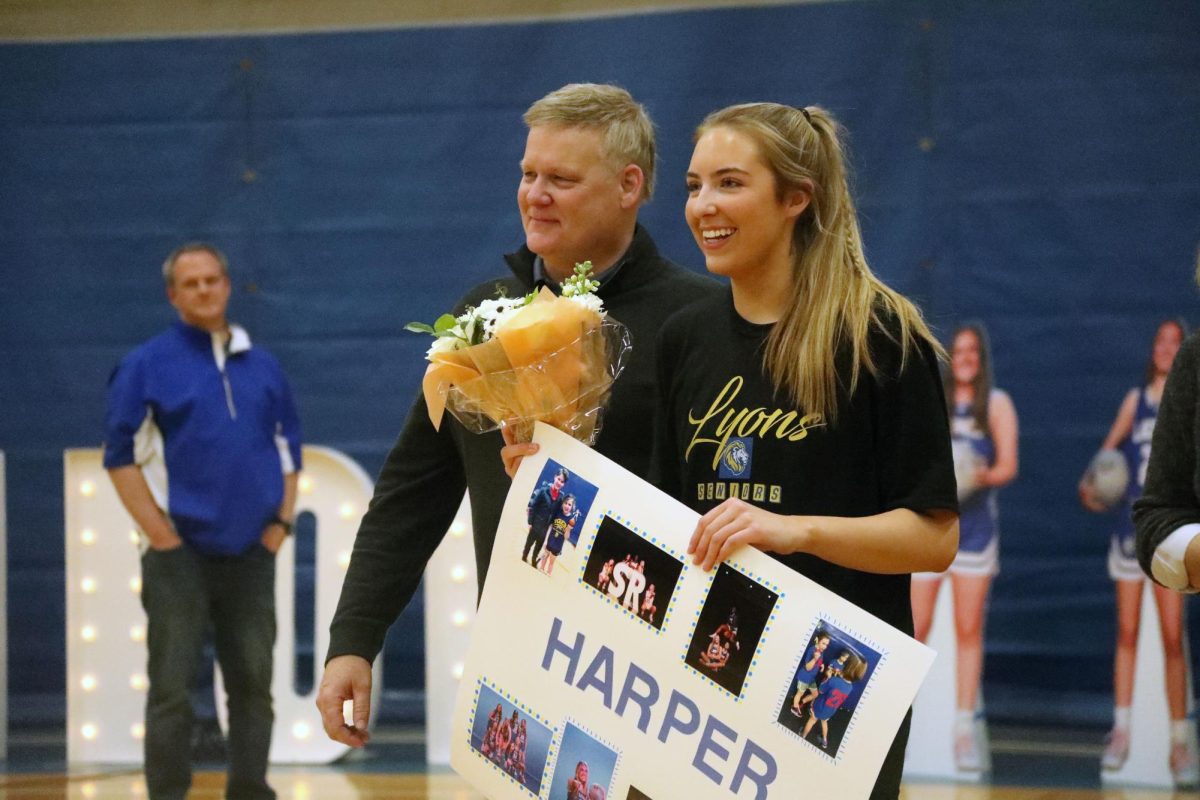
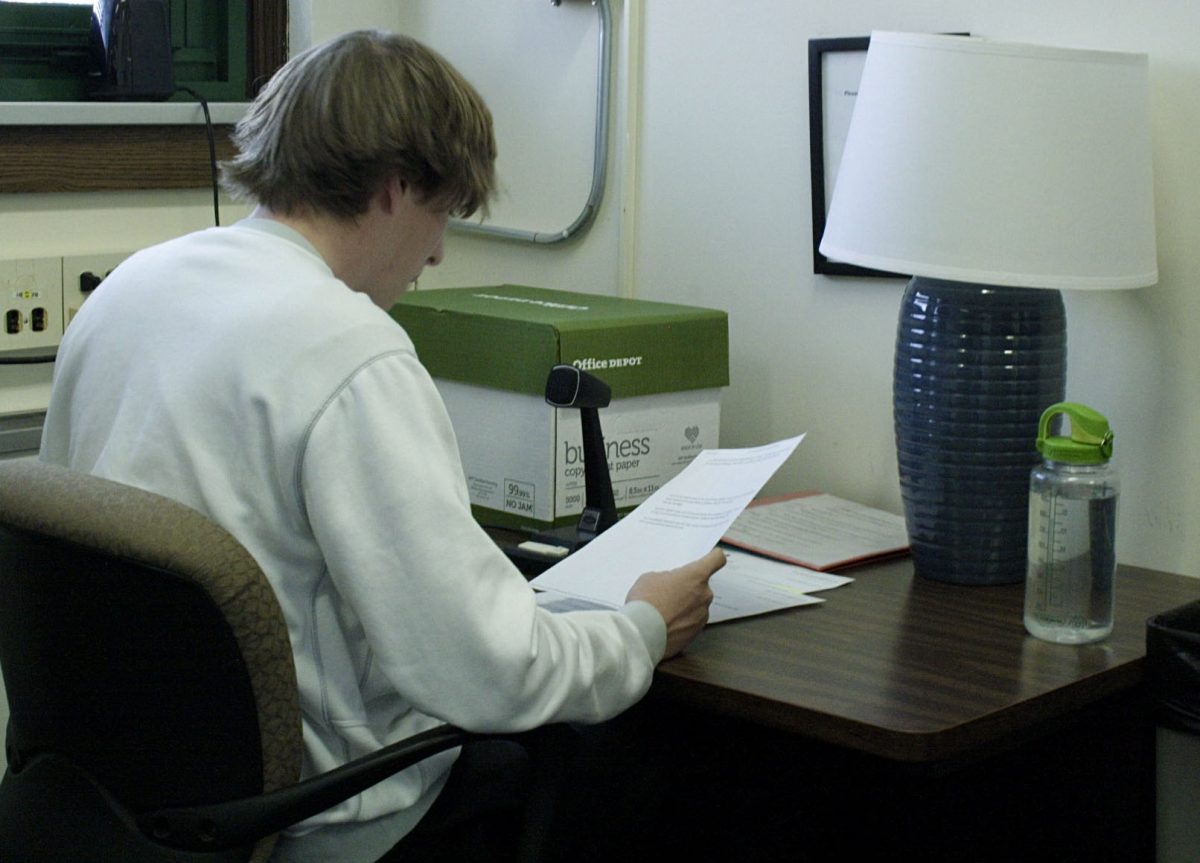
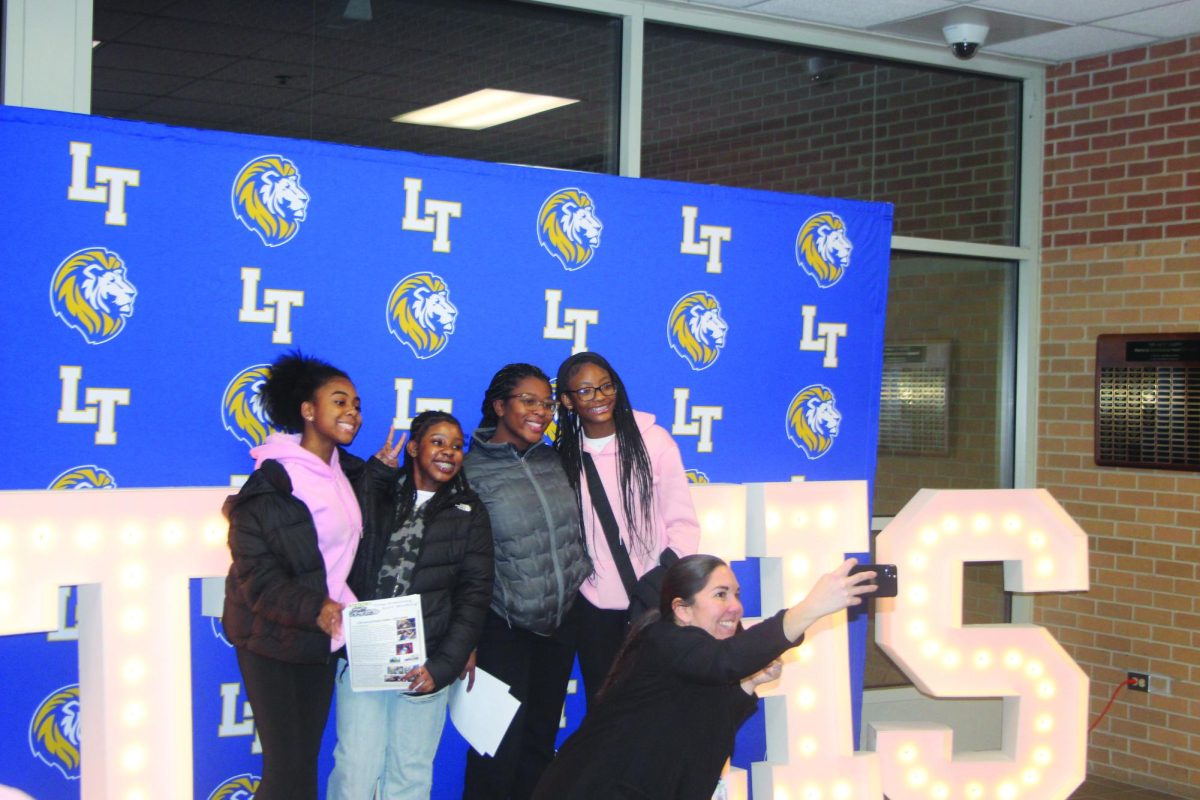
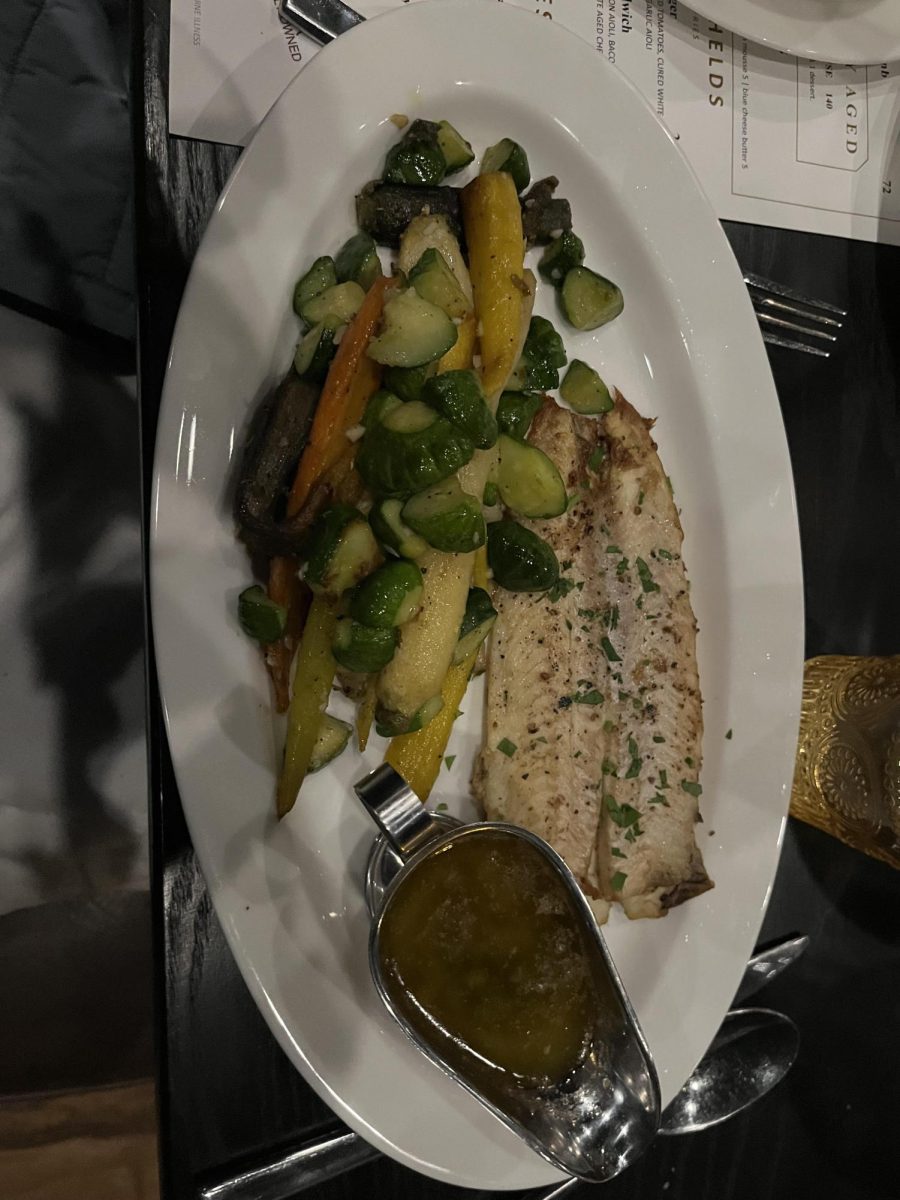
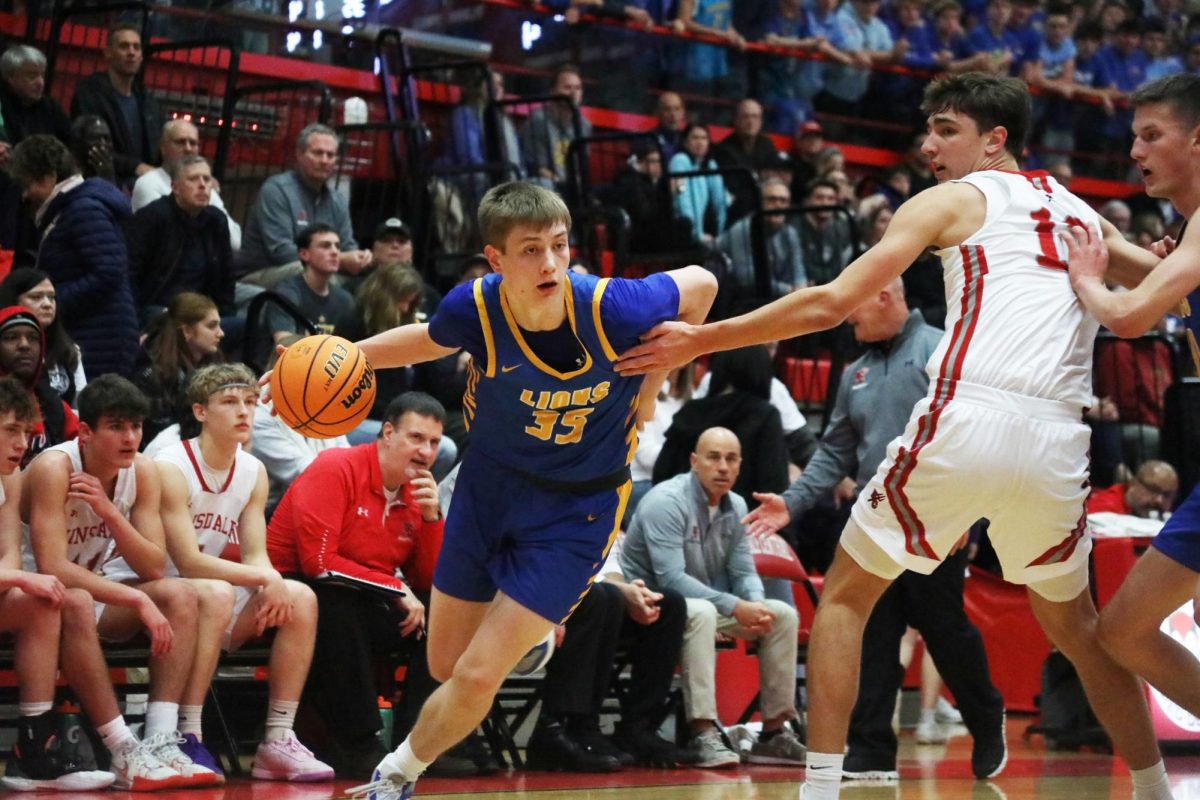
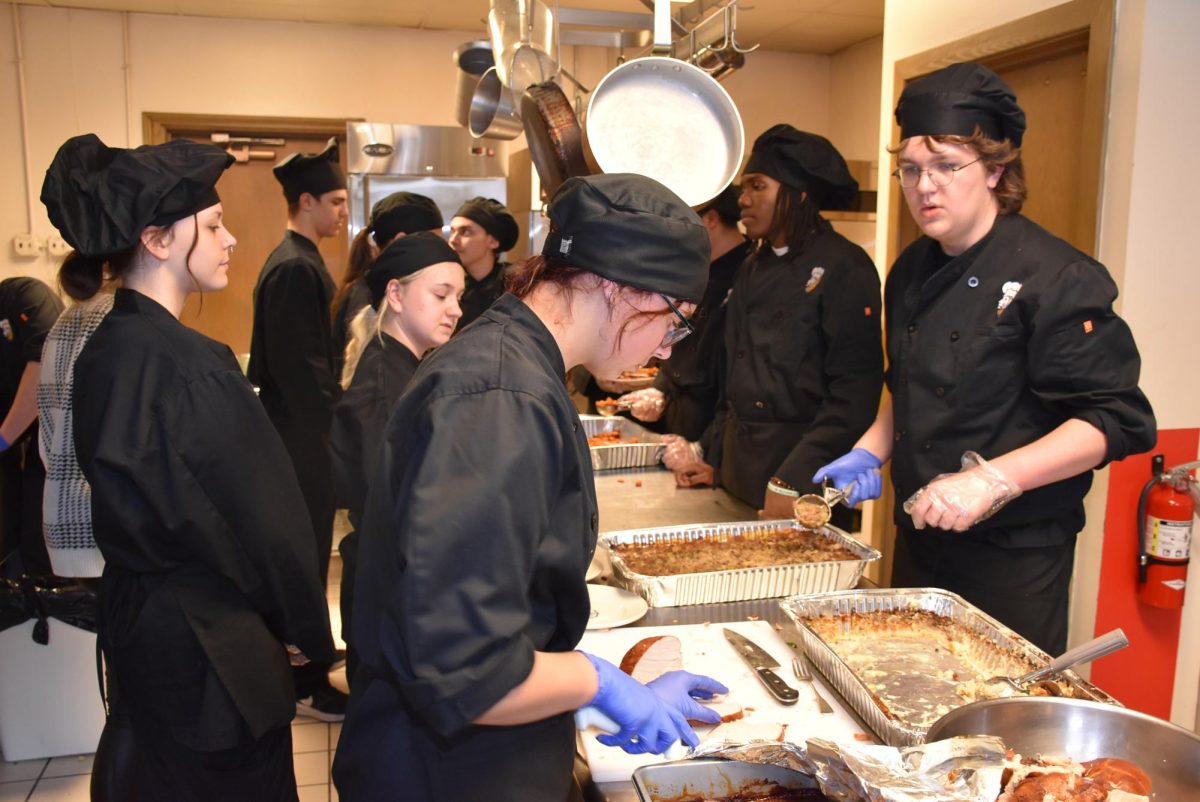
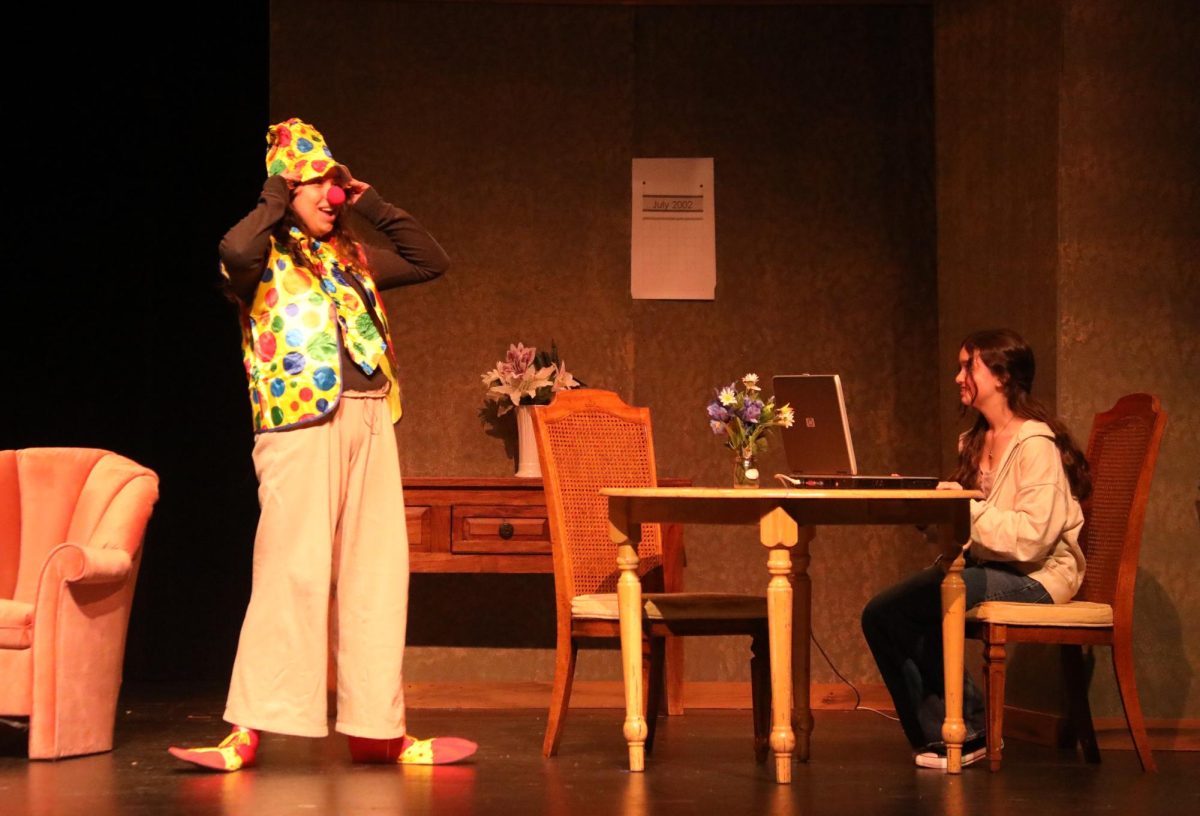
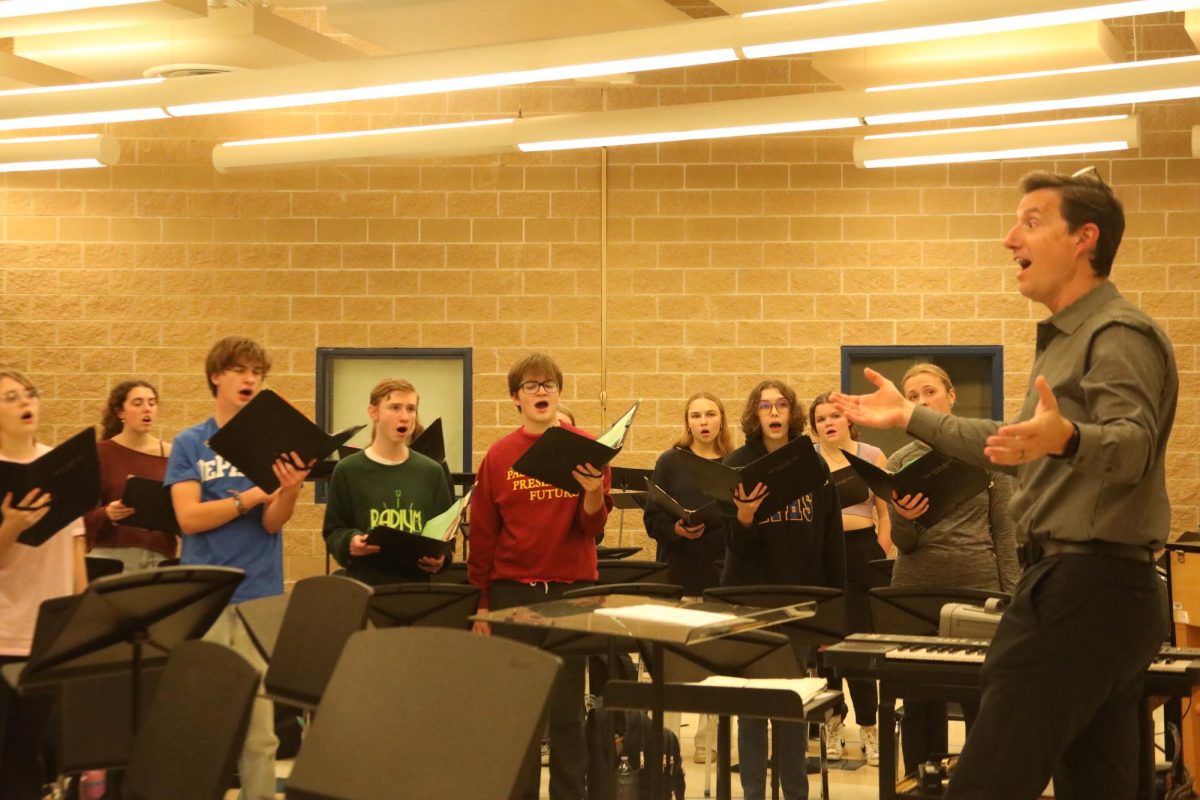

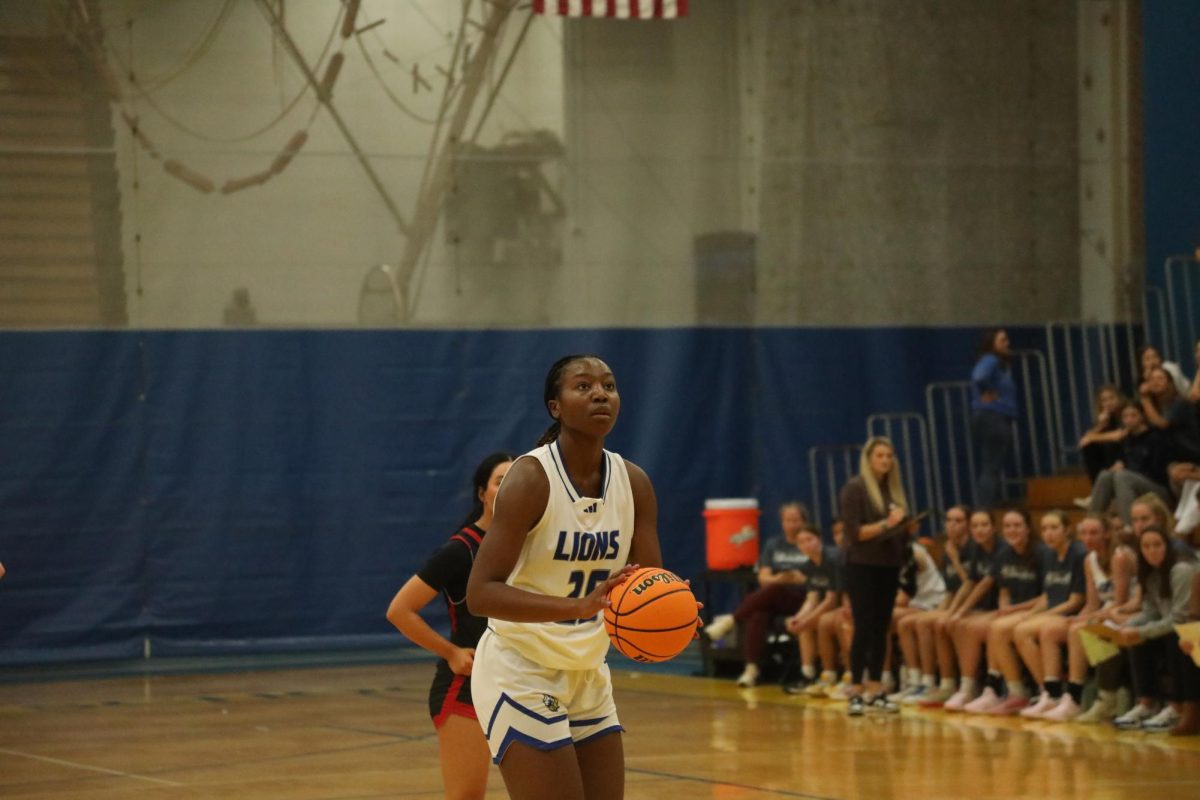
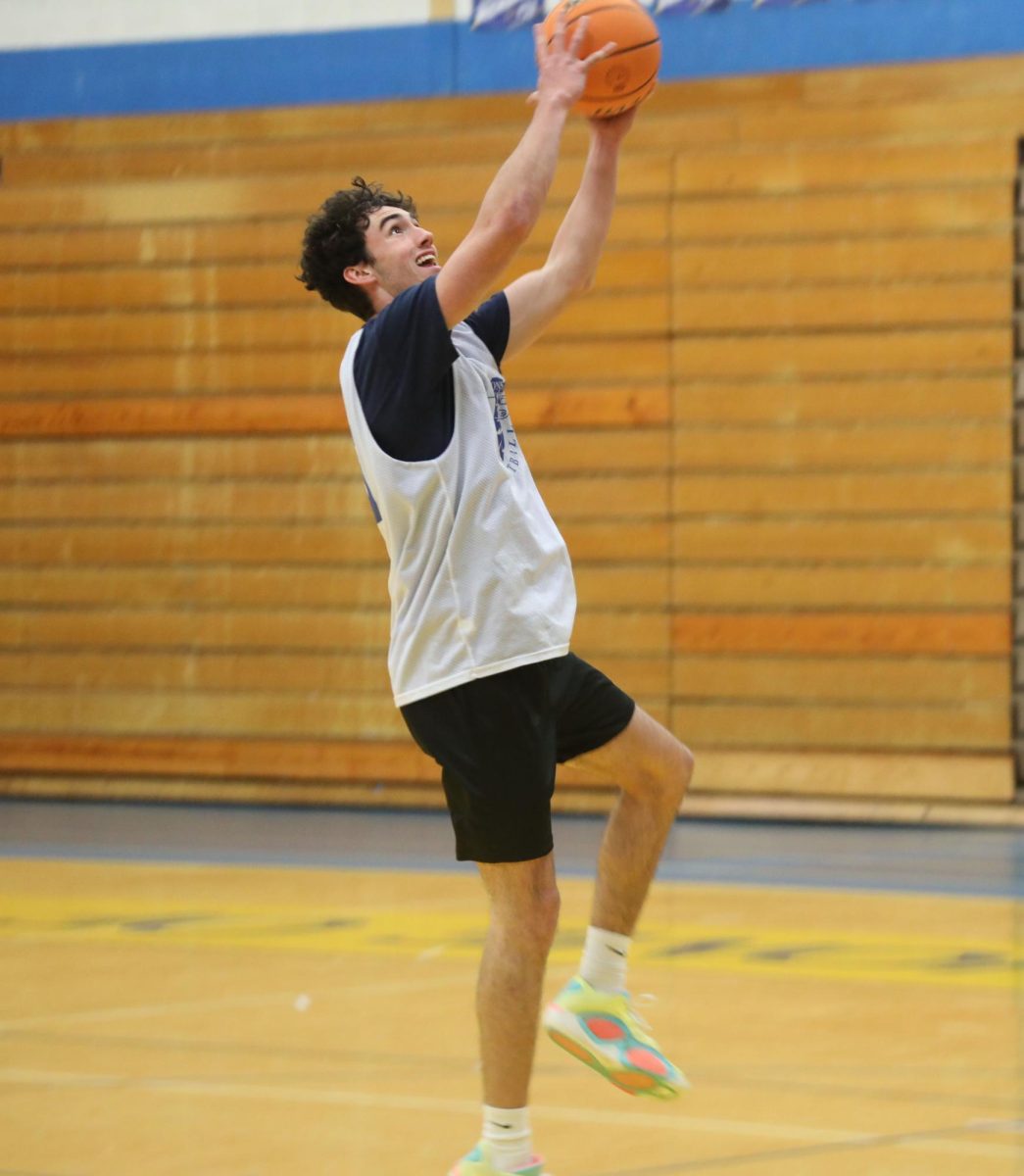
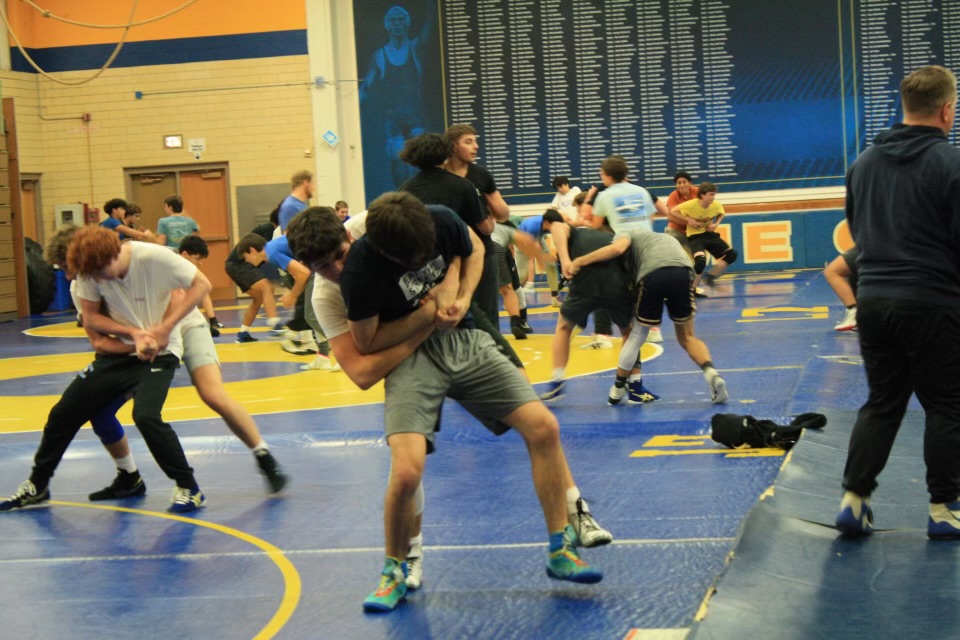
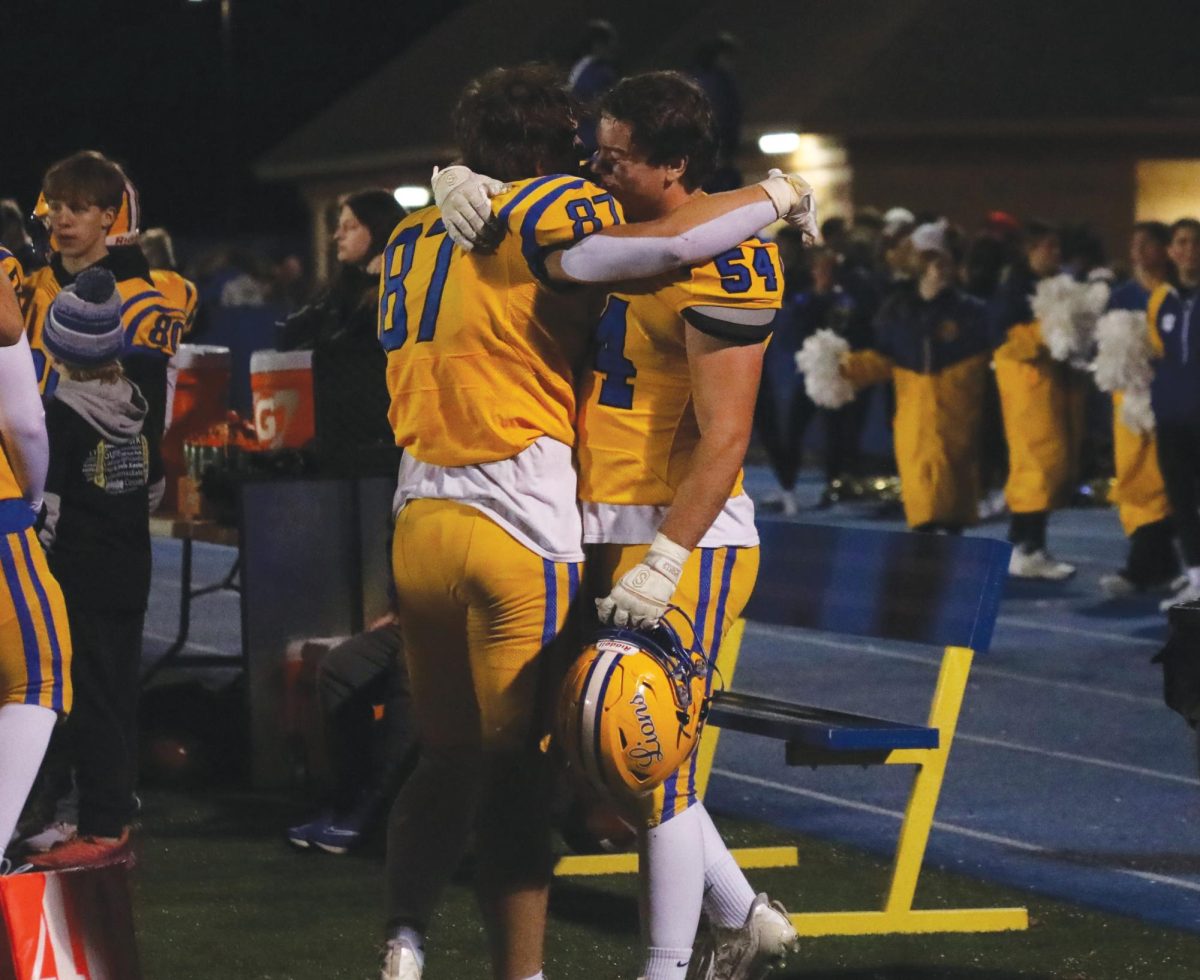




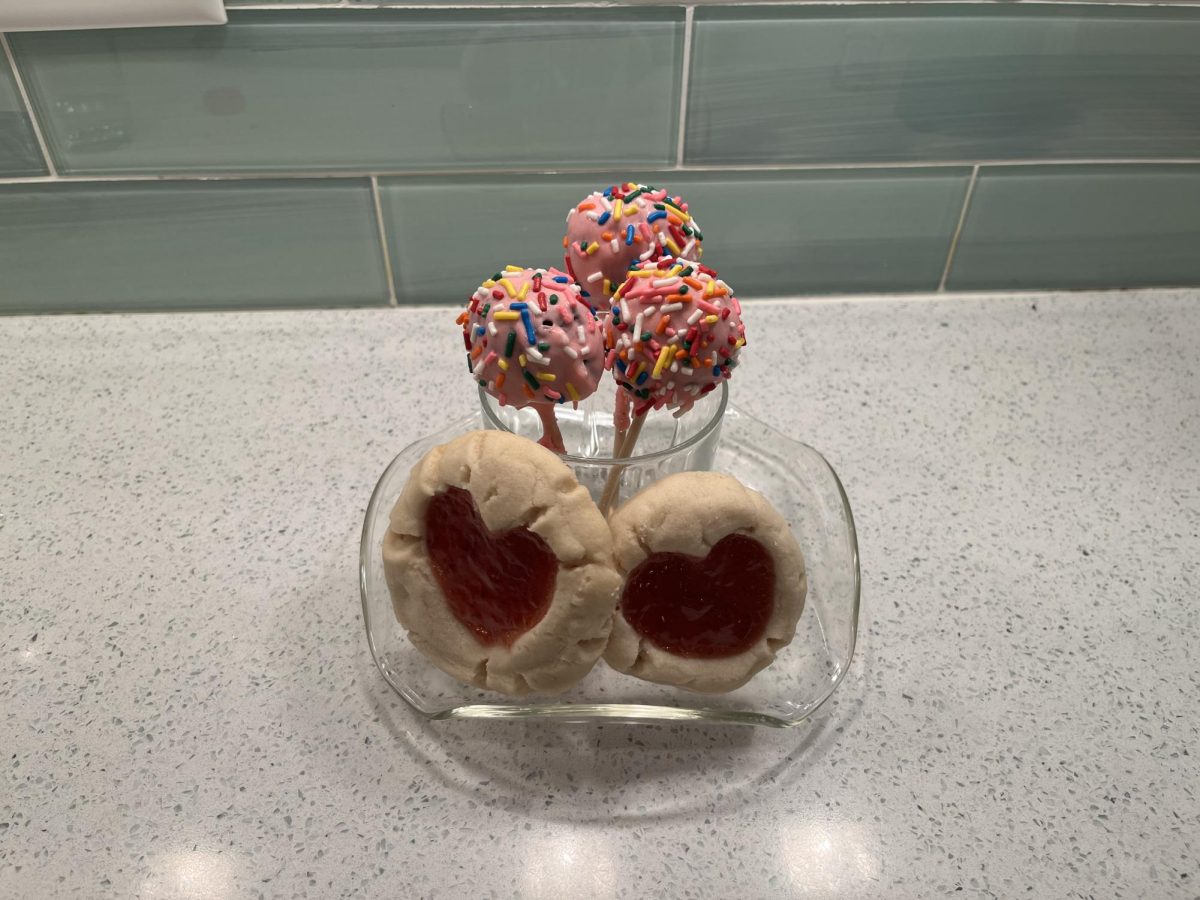




![Movie poster for '[Rec]" (2007).](https://www.lionnewspaper.com/wp-content/uploads/2023/04/rec-640x900.jpg)








